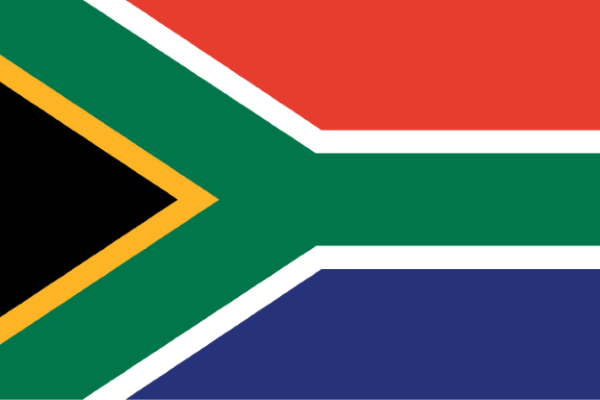The Order of Luthuli in Silver

Anthony Sampson (1926 - 2004) Awarded for:
Excellent contribution to South African journalism and fighting for the ideals of freedom and justice.
Profile of Anthony Sampson
Anthony Terrell Seward Sampson was born in Durham, England, on 3 August 1926. He completed a degree in English in 1950 in England.
Soon thereafter, he travelled to South Africa where he became editor of Drum, then an anti-apartheid magazine in Johannesburg. This role got him to know and associate with several leaders of the African National Congress (ANC) and the liberation movement, including former President Nelson Mandela.
He met Madiba during the critical time of the Defiance Campaign in the 1950s. These meetings with the advocates of a democratic South Africa exposed him to the broad spectrum of the South African liberation movements and enabled him to develop a critical consciousness in his career as a journalist. He was thus able to adopt a sceptical and questioning attitude towards the dominant discourse of the ruling class. Through his editorship of Drum, he was also able to provide the up-and-coming black intellectual writers with a good platform.
Under Sampson's four-year-long editorship, Drum became a major outlet for black literary and political expression in South Africa. In Drum, these voices became more vocal, powerfully agitating for change. Sampson turned Drum from being a parochial tabloid publication into a serious voice of the people that touched millions of readers with its stories of the struggle for freedom.
During this time, Sampson became one of the oppressed. He was not a white editor of a black magazine. He was an editor of a South African magazine writing about the majority of South Africans who were under minority rule. He used Drum to fight this minority rule, exposing the dehumanising pass laws, imprisonments, political trials and discrimination.
During his editorship, Drum produced writers like the late Bloke Modisane and Henry Nxumalo, later nicknamed 'Mr Drum'. Some of the Drum writers were to end up writing some of the best works of fiction in this country.
In 1955, Sampson went back to London. That year, he wrote his first book, Drum: A Venture into the New Africa (1956). In 1963, Sampson wrote a landmark book about the British establishment, The Anatomy of Britain, which was updated and published under the title, Who Runs this Place? (2004). His prolific writing skills and inquiring mind saw him write numerous books about South Africa and the relationship between the developing and the developed world. Among them were titles such as: South Africa: Two Views of Separate Development (co-authored with S Pienaar); the prize-winning The Seven Sisters (1975), an investigation into the world's major oil companies; The Arms Bazaar (1978); and Black & Gold: Tycoons, Revolutionaries and Apartheid (1987).
In 1964, Sampson attended the infamous Rivonia Trial, where Nelson Mandela and his comrades were tried by the apartheid Government. He was invited to advise Mandela on his famous speech from the dock.
Back in the United Kingdom, Sampson founded and edited The Sampson Letter in the mid-1980s. Through this initiative, he created dialogue between the ANC in exile and white South Africans who supported the end of apartheid. Nelson Mandela chose Sampson to write his biography. Mandela: The Authorised Biography, published in 1999.
The Guardian newspaper quoted former President Mandela as saying about Sampson: 'He cared about Africa in a way that is rare among those from the developed world, and he never stopped caring. I knew that in his hands our cause would be reported justly'.
Sampson proved that the unity of humanity is not defined by the place of one's birth. He came to South Africa from England with a mission to contribute to the liberation of humanity. His bold and principled writing stirred the consciousness of many, increasing an awareness of apartheid among many white South Africans.
Anthony Terrell Seward Sampson, author and journalist, died on 18 December 2004.




